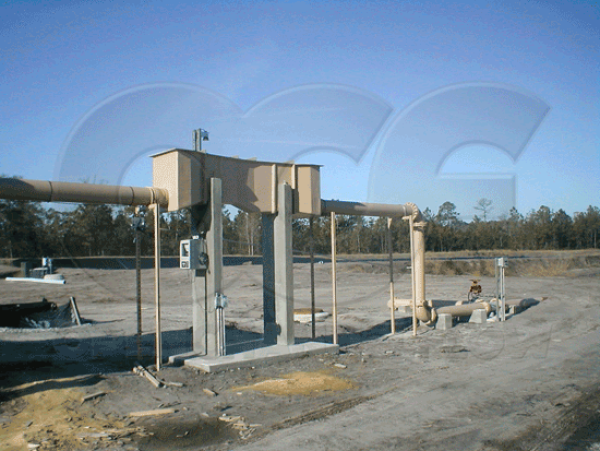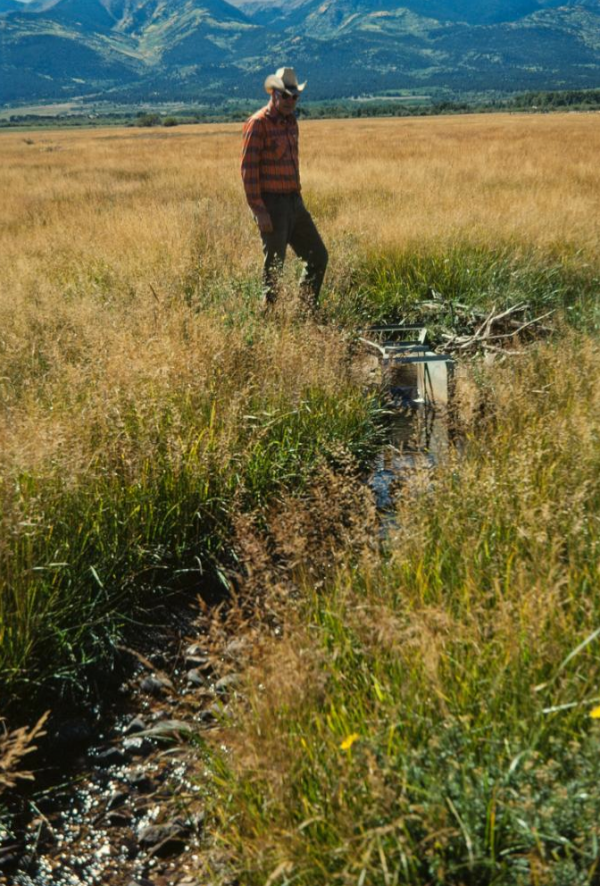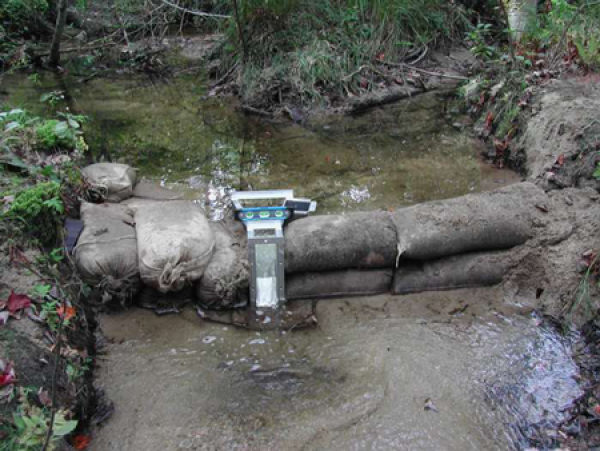This website uses a variety of cookies, which you consent to if you continue to use this site. You can read our Privacy Policy for
details about how these cookies are used, and to grant or withdraw your consent for certain types of cookies.
Parshall Flumes and Stream Aeration
The Parshall flume is a fixed hydraulic structure originally developed to measure surface water and irrigation flows. Recently, research has been conducted to see if Parshall (and Venturi) flumes also provide a benefit in aerating the flow streams that they are used to measure. On reason that this is important is that, unlike most other devices that are used to aerate river systems and which require stepped spillways or drop structures, Parshall flumes may be used to increase dissolved oxygen (DO) in low slope channels.
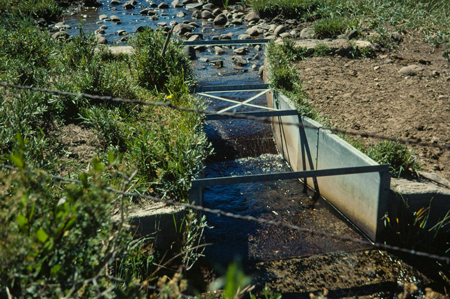
The design of the Parshall flume is such that flow is accelerated through the contraction of the sidewalls and a drop in the floor of the flume at the throat. Under free flow conditions, subcritical flow is accelerated to a supercritical state in the throat of the flume. After leaving the throat, the flow is slowed by the expansion of the discharge walls and a rise in floor elevation. The result is a hydraulic jump as the flow decelerates from a supercritical to a subcritical state.
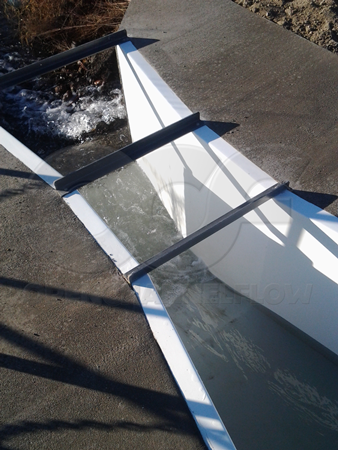
The research showed that, for a given flow rate, that the aeration efficiency increased as the flume’s throat width decreased. According to the researchers: the primary reason for this is the increase in the velocity before the hydraulic jump – increasing velocity increases the DO concentration. Further, for Venturi flumes, when the throat length is increased, the aeration efficiency also increases as the throat length contributes to the occurrence of the hydraulic jump.
Keep in mind that the general best practice in sizing a Parshall flume for a given flow rate is to use the smallest throat width that can accommodate the flow and can be installed at the site. The knock-on effect of this is that the aeration efficiency of the flume installation can be maximized by following this practice.
Related Blog Posts
Explore more insights in our blog.

LOCATIONS IN ATLANTA, GA & BOISE, ID


